The views expressed in our content reflect individual perspectives and do not represent the authoritative views of the Baha'i Faith.
A desert scene of sky, sand and water surrounds the Battle of Karbila in ancient Iraq. A man cradles his infant son across his chest. The blistering sun beats down. A water skin rests by his side.
Husayn Ali, the grandson of the prophet Muhammad, sits on his haunches and speaks out one last time. Riders on horseback circle like vultures as the fighting nears an end. They stop Husayn, who is almost dying from thirst, from reaching the waters of the Euphrates river.
Calmly, Husayn appeals to the enemy to embrace the cause of his grandfather. A hateful sneer clouds the face of Shimr, who chastises the riders for failing to kill Husayn. A blood-curdling cry sounds from the assassin’s throat. Shimr wields his sword with a vicious blow that ends the life of Husayn Ali, and enemy horsemen trample his body.
Fast-forward more than twelve centuries—in 1850, a military barracks in a large square in Tabriz in northern Persia fills with expectant onlookers. Another descendent of Muhammad faces a brutal end. As noon approaches, a rifle regiment assembles in three rows. The soldiers prepare to execute Siyyid Ali-Muhammad, the Bab, and his young follower, Anis. The victims are suspended on a wall with ropes. The Bab raises his voice and says that in the future they will recognize the truth of his words. The first regiment raises their muskets. Abruptly, the commander shouts the order to fire. The bodies of the Bab and Anis are united by the searing force of over 700 volleys.
How did these terrible spectacles occur? Why does much of the world now view Imam Husayn Ali as one of the saints of Islam? Similarly, few expected the Faith of the Bab to survive after the state soldiers of Persia exterminated thousands of his followers after his death. The small remainder went underground to preserve their lives.
When we look back after two hundred years since the Bab’s birth in 1819, a different story comes to light. The Bab, known now as a significant figure, impelled a movement that became a worldwide Faith. Today millions around the world celebrate his life—a stark contrast to the thousands who embraced or violently opposed him in the nineteenth century.
On the surface the Bab’s early life appears normal for his time. As a young man born in Shiraz in southern Persia, his family had a successful cloth trading business, and his mother and father both descended from the family of Muhammad through grandson Husayn Ali. Therefore, the Bab was rightfully called Mirza “Siyyid” Ali Muhammad—the word siyyid meaning a descendent of the prophet.
But when the Bab came of age, his life as a merchant quickly came to an end as he pursued a keen interest in spiritual ideas. Soon he showed a gift for writing commentary on the Qur’an. The youthful Siyyid travelled to Karbila where he contacted a group of scholars. This Shaykhi school believed in the imminent arrival of the promised Qa’im—the promised messiah in Shia Islam.
The dying Shayki leader’s final words ignited the young students—he said the promised Qa’im was alive at that very moment. The Shayki leader told his students to spread out across the land and search high and low for the face of the promised Lord. They sensed their messiah had come—but where was he? Nothing was more treasured in the words in the holy Qur’an than to attain the face and “the Presence of their Lord.”
The youthful Bab, a mere 24 years of the age, returned to his home in Shiraz after his sojourn in Karbila. Then the Bab waited. Within the next year, eighteen people independently discovered Siyyid Ali Muhammad and embraced him as the promised one of Islam. He took the title the Bab, meaning “the Gate” which would open a completely new era in human history.
That new day, the Bab announced, also foreshadowed the coming of one greater than himself.
The Bab became the forerunner of Baha’u’llah. According to Baha’i belief, this pair of prophets is unique in revelation—consecutive messengers or “twin figures” who sequentially brought an entirely new set of spiritual teachings to humanity. Baha’is view the Bab as the herald and precursor of Baha’u’llah, the prophet and founder of the Baha’i Faith.
The two, who were contemporaries and who shared correspondence, were devoted to each other and exchanged greetings but never physically met. The Bab, as an independent messenger of God, aimed to prepare the way for a greater figure, “Him Whom God shall make manifest.”
Thirteen years after the Bab’s martyrdom by firing squad, Baha’u’llah assumed that prophesied role. The station of the Bab held a dual purpose: first, as an independent prophet, he ended the Adamic Cycle and abrogated the laws of Islam; secondly, he released a powerful shock to society that cleared the way for Baha’u’llah. The Bab’s appearance, like the dawn which introduced the promise of a new day, prepared the way for Baha’u’llah.
Abdu’l-Baha, the eldest son of Baha’u’llah, expounded on the relationship between the Bab and Baha’u’llah with these important words:
The Bab, the Exalted One, is the Morn of Truth … He is also the Harbinger of the Most Great Light … – Abdu’l-Baha, quoted by Shoghi Effendi in The World Order of Baha’u’llah, p. 127.
While Baha’u’llah, Abdu’l-Baha wrote,
… is the One promised by the sacred books of the past, the revelation of the Source of light that shone upon Mount Sinai, Whose fire glowed in the midst of the Burning Bush. – Ibid.
For Baha’is, the transformative power of the Bab’s ministry reveals the spiritual dawn which promises the “rising of the sun of truth that is to envelop the whole world.” His declaration brought a springtime to the world with the coming of Baha’u’llah.


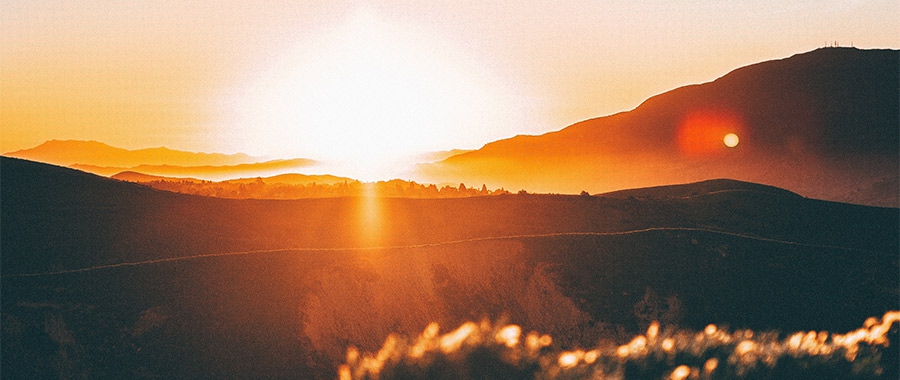

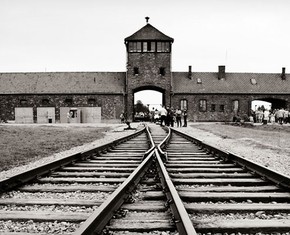
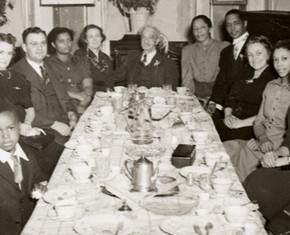
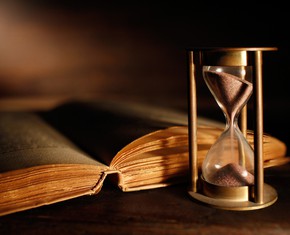

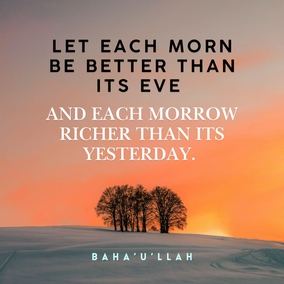
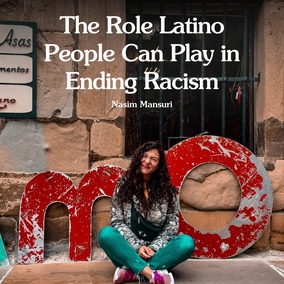






Comments
Sign in or create an account
Continue with Googleor